This season, along the coastal road through the two communes of An My and An Chan (Tuy An District), there are rows of rice paper drying. The crackling sound of the newly dried rice paper combined with the smell of firewood smoke and cooked rice flour has created the rice paper craft villages in Phu Yen . In 2022, along with the fish sauce making profession, the rice paper making profession in Phu Yen was recognized as an intangible cultural heritage.
Dry food for storm season
Phu Yen rice paper making is widely distributed in districts, towns and cities in the province. Among them, there are two famous craft villages: Hoa Da (An My commune, Tuy An district) and Dong Binh (Hoa An commune, Phu Hoa district).
Phu Yen has two famous craft villages: Hoa Da (An My commune, Tuy An district) and Dong Binh (Hoa An commune, Phu Hoa district).
PHOTO: TRAN BICH NGAN
Ms. Do Thi Mai (57 years old, An My commune, Tuy An district) said: "Rice paper is a food for food storage. Decades ago, rice paper was a food made from fresh cassava flour. Later, when rice was produced in large quantities, people used rice flour to make rice paper."
Rice paper is transformed by Phu Yen people into many types such as: rice paper, cassava paper, coconut paper, sesame paper... Nowadays, rice paper making has been industrialized, rice paper machines have been born to replace manual rice paper making, bringing high economic efficiency and saving labor.
Rice paper making season is from December to July of the lunar calendar.
PHOTO: TRAN BICH NGAN
"A few decades ago, when machines had not yet been used to mass produce rice paper, we had to build ovens to make rice paper by hand. Early morning was the best time to soak rice because at this time the well water was sweet and cool. After 12 hours of soaking, the rice would be scooped up and ground into flour. After the flour was ground, it would be soaked overnight. Early morning, the oven would be lit to make rice paper. The cycle from rice to cake was 24 hours," Ms. Mai shared.
"Rice paper oven" is later used to refer to a place where rice paper is mass produced, but in the past, this word was used to refer to a stove made from field clay mixed with straw and mud, built with bricks to make rice paper. The firewood used to make rice paper is usually garden plants such as: mango, star apple, jackfruit, etc.
After being baked, the wet rice cake is dried on a bamboo tray.
PHOTO: TRAN BICH NGAN
Traditional craft villages often have concentrated drying areas or drying areas along rural roads.
PHOTO: TRAN BICH NGAN
The whole childhood grew up in the aroma of wood smoke, rice flour, and the crisp sunlight permeating each tray of rice cakes. And then, when going far away, many people remember the hot rice cake making oven, helping their grandmothers and mothers dry the cakes, remove the cakes, and arrange the trays to avoid the rain.
Delicious rice paper must be made from Da Nang rice, C7. When cooked, the rice is a bit dry but when made into rice paper, it is soft and does not break. The rice flour is not mixed with any toxic substances. The flour is ground and finished the same day, not left overnight so the rice paper does not turn sour. Each kiln has a different flour mixing formula, creating its own flavor.
From rice to flour milling to rice paper is done within 24 hours.
PHOTO: TRAN BICH NGAN
The drying process is also very elaborate. The wet cake turns dry, to avoid sudden cracking, the cake must be placed in a cool place to dry, then dried in the sun. When the surface of the cake is slightly transparent, the cake is brought indoors to dry in the shade until it is completely dry before being removed. To avoid the cake breaking due to the harsh sunlight, many people will choose to add a little tapioca flour to make it soft and fragrant. Thanks to that, the cake is flat, does not break or tear, and finally, the cake is pressed into neat bundles to be sold everywhere.
From dry food to gifts from home
Phu Yen rice paper is considered a dry food that can be eaten instead of rice, convenient in use and preservation. Dipped rice paper can be eaten with raw vegetables, boiled meat, each small roll dipped in unforgettable rich fish sauce.
Tourists passing through National Highway 1A, Hoa Da hamlet and An My hamlet, all stop to try the famous rice vermicelli with pig intestines. The reason this dish is delicious is because of the unique and flavorful combination of the dish. Rice vermicelli, pig intestines, and crispy grilled rice paper wrapped in rice paper dipped in water, rolled up, and dipped in a bowl of spicy fish sauce makes everyone nod their heads in approval.
Due to industrialization, very few people still make rice paper by hand nowadays.
PHOTO: TRAN BICH NGAN
Rice paper in Phu Yen is processed into many dishes, it can also be said that rice paper can be rolled into everything. In the old days, when going to work in the fields, cold rice in the morning was fried with fat, grilled with rice paper, dipped in rice paper with a little fish sauce and chili, then rolled together and brought to the field in time for plowing. That was enough for a meal, filling the stomach. Or more rustically, rice paper dipped in water and rolled with grilled rice paper dipped in fish sauce and chili was also a breakfast dish to fill the stomach in time for plowing.
Wet rice cakes are dried on a drying rack after being baked.
PHOTO: TRAN BICH NGAN
When guests from far away come back, rice paper becomes a gift from the countryside to entertain guests, easy to eat and easy to preserve. Or when children from far away come back to visit home, each of them packs it in a few "ways" (1 way is 60 rice paper) to bring along to eat to ease cravings and longing.
Mr. Nguyen Le Vu, Deputy Director of the Department of Culture, Sports and Tourism of Phu Yen province, said: "The craft of making rice paper in Phu Yen has been included in the list of national intangible cultural heritage by the Ministry of Culture, Sports and Tourism in 2022. This is a traditional craft containing many cultural values, honoring rice grains, enriching the cultural identity of wet rice. Not only culinary, rice paper is also included in folk songs and folk songs and has become a source of artistic inspiration for many contemporary artists".
Source: https://thanhnien.vn/banh-trang-phu-yen-tu-mon-luong-kho-den-di-san-van-hoa-phi-vat-the-185250621103228386.htm



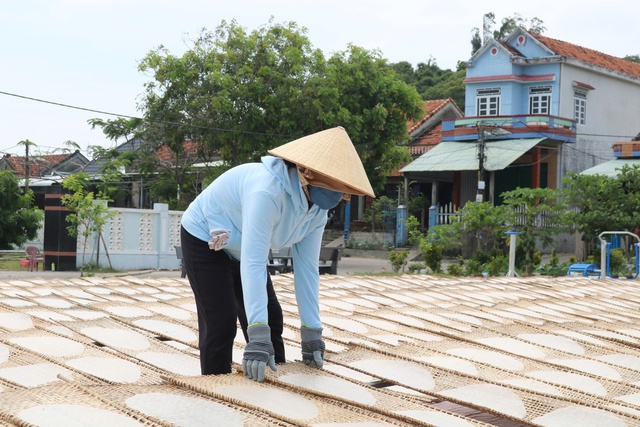
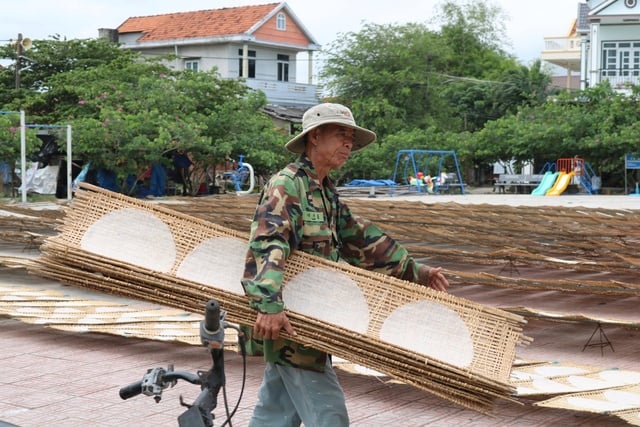
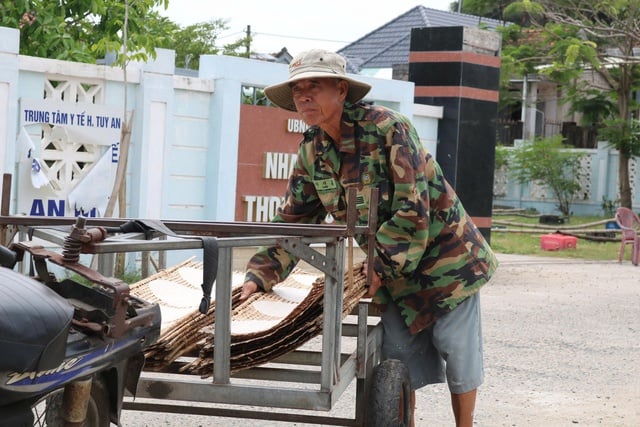
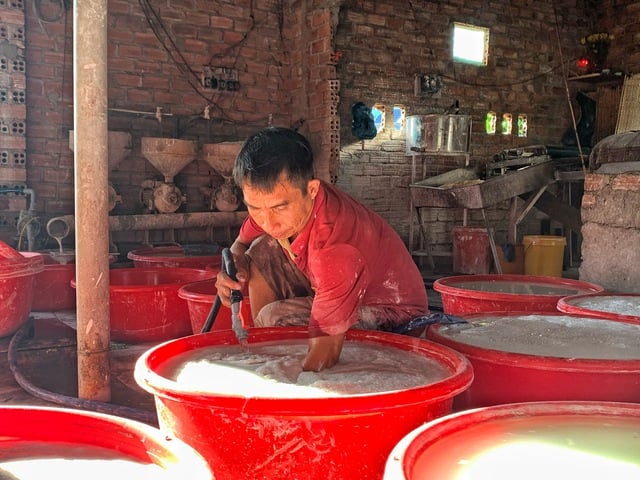
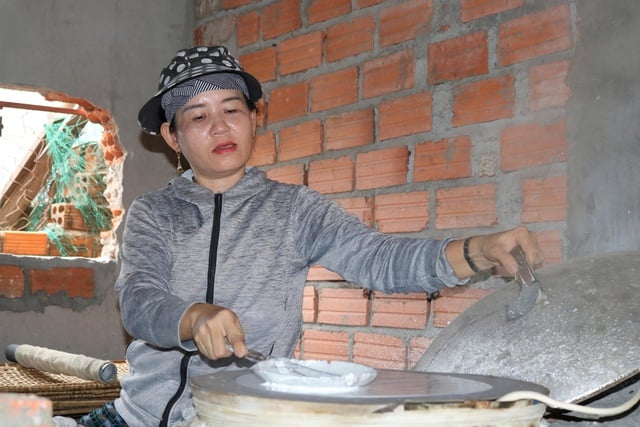
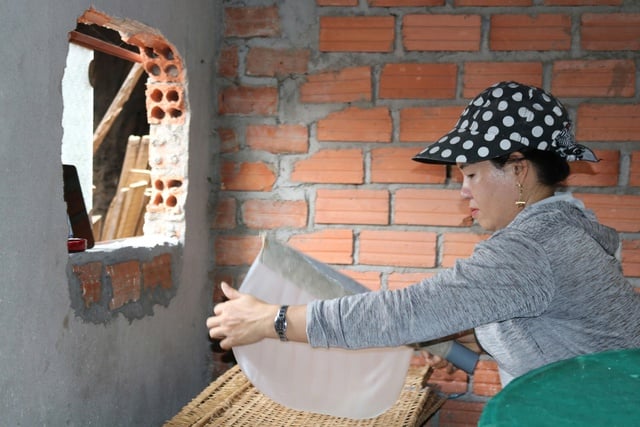

























![[Photo] Discover the "wonder" under the sea of Gia Lai](https://vphoto.vietnam.vn/thumb/1200x675/vietnam/resource/IMAGE/2025/8/6/befd4a58bb1245419e86ebe353525f97)



![[Photo] Nghe An: Provincial Road 543D seriously eroded due to floods](https://vphoto.vietnam.vn/thumb/1200x675/vietnam/resource/IMAGE/2025/8/5/5759d3837c26428799f6d929fa274493)
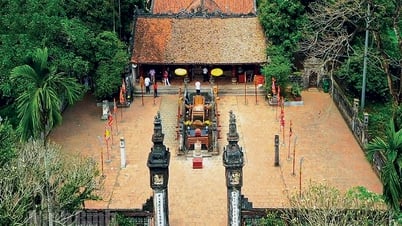

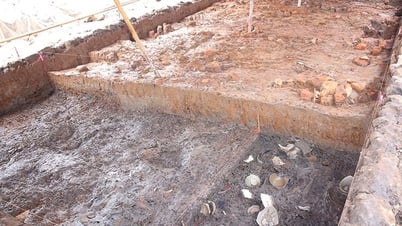








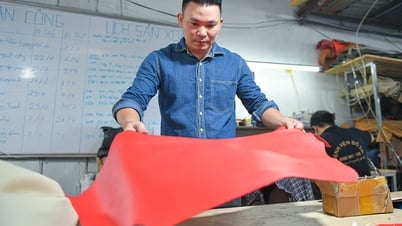












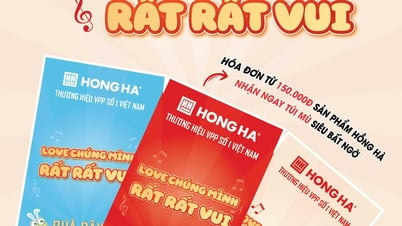














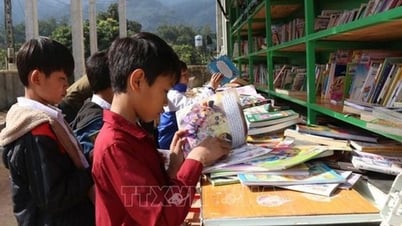












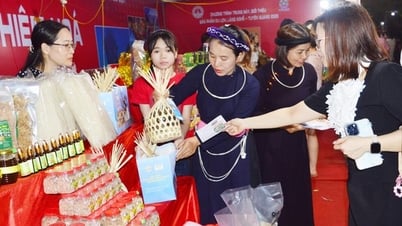
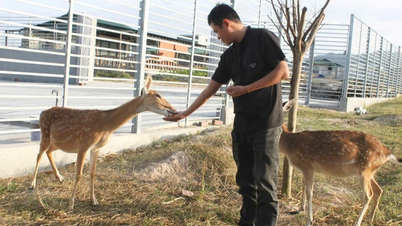

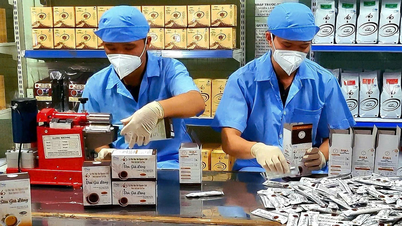
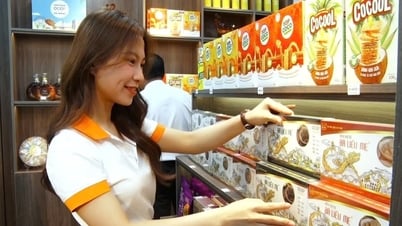




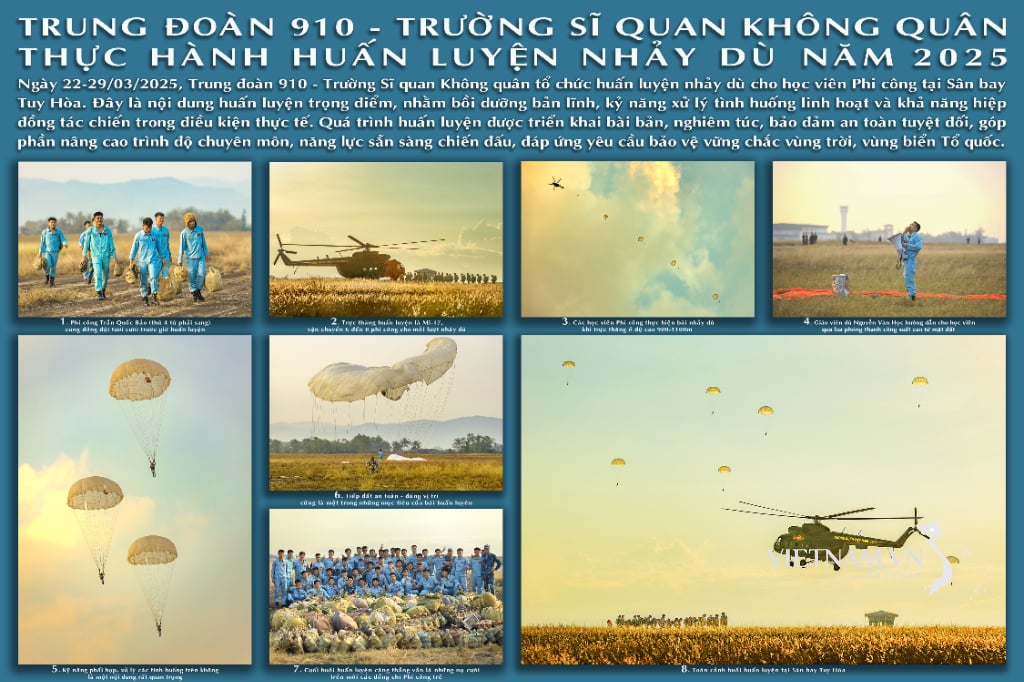
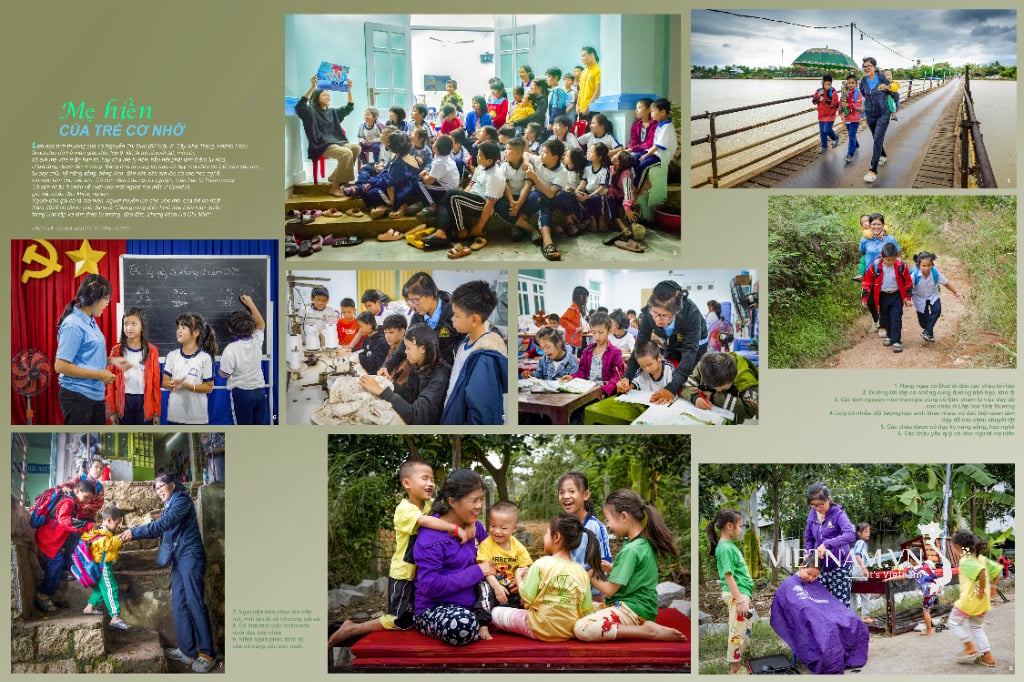

Comment (0)